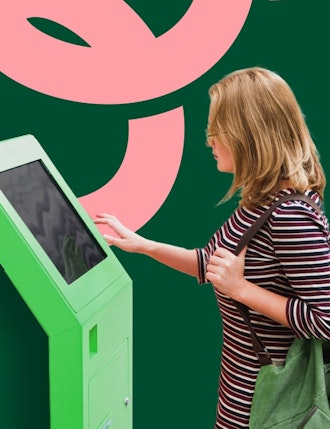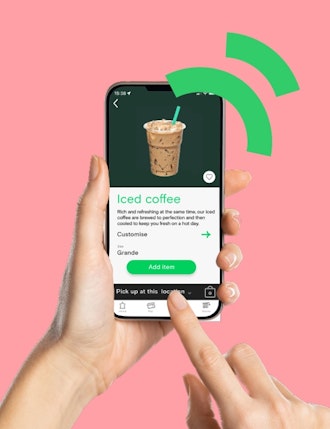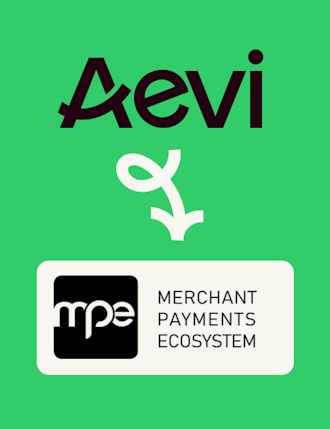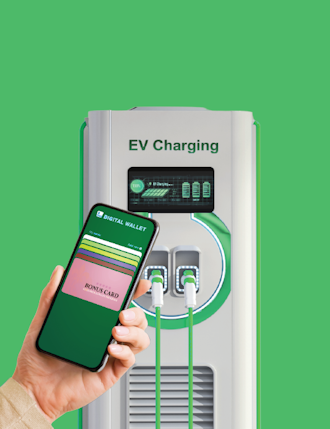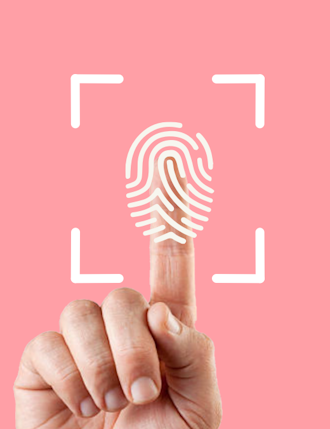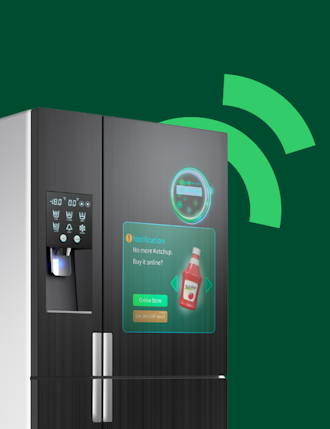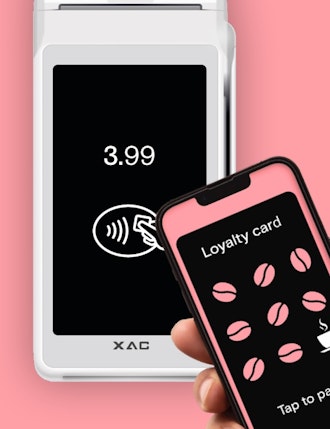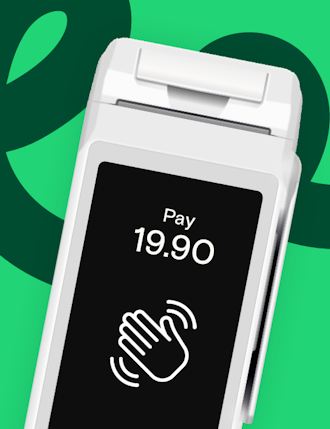They grew up amidst a pandemic – a time that is formative and frightening at the same time. Gen Z (1997-2012) is marked by ‘stay-at-home’-regulations, ‘don’t touch that’-warnings, and a general digital-first mentality. COVID-19 had a significant impact on the role of young consumers in reshaping retail and trends at the POS.
Members of the Self-Care Club
Often confused with millennials, Gen Z is the youngest ‘adult’-generation. Both generations grew up with technology – however, their values and characteristics differ.
According to a study, this generation reported a low level of social well-being and a negative life outlook compared to older generations. That is likely linked with the pandemic, environmental changes, wars in Europe, and inflation. Hence, unlike other generations, they are more focused on creating better and stable mental health.
Growing up in a time of increased stress levels and social anxiety, members of this generation are motivated by higher-quality, better services that support their mental health, and help them to become the best version of themselves. ‘From dishwasher to millionaire’ was yesterday – the generations of today are looking for a greater purpose than the ‘big money’. The values they live by are all around self-realisation, instant gratification, environmental protection, a healthy lifestyle, and diversity.
iGen raised on screen
The above-mentioned values and characteristics do not come from anywhere. Technology and the ‘digital-first’-mindset play a big part in their lives. Feeling isolated, lonely, and overwhelmed are outcomes of aging in a hyper-connected world. Smartphones, tablets, social media, and being online 24/7 increase the fear of missing out and being not able to meet the high standards of this hypocritical fake social media life. But these negative impacts do not hold them back from being glued to their smartphone’s day and night. Rightly this generation is often called the ‘iGeneration’ as they were able to use a tablet and understand the “swipe”-function before they were able to talk or walk.
Raised on a screen, they feel more comfortable communicating online than face-to-face. They’re looking for instant responses and immediate information – their patience is wearing thin. Being always connected, everywhere they go, allows them not only to get the best deals but also to broaden their expertise and proactively work on their lifelong learning. Having access to global information right from the start, this generation is not only “digital-native”, but also super smart, showing a high level of (social) awareness.
Instant purchases and smooth checkout for the win
This year the oldest Gen Z members turn 25 and the youngest 10, hence they are becoming increasingly powerful in terms of purchasing power. Merchants (and acquirers) need to understand the buying motivation and shopping incentives of this consumer group. Analysing those, you recognize that the shopping habits correspond to their values and characteristics. There is a mindset shift happening from exclusivity to uniqueness. That doesn’t mean that they do not want to spend money on luxurious items, but they are more willing to pay lots of money if they think the brand supports their self-realisation process.
Brands need to be authentic and tell an emotional story without trying to squeeze consumers into (their) box. Thinking about habits, you could think that Gen Z consumers are online shoppers at their best. While millennials thought it was exciting to buy their goods with a click on their mobile phone from the couch, for Gen Z this is normality and part of their day-to-day lives. In fact, they are enjoying the holistic commerce experience – trying on clothes in-store and being able to make instant purchases. They are looking for a smooth experience that matches their needs in the best possible way. Hence, they are less loyal to one specific brand, company, or store.
Additionally, they want to have fun. A great UI/UX experience is essential and if they discover a problem or need additional service, they want to be in contact with a real person – here and now. Again, it’s about speed, smoothness, sexiness, and self-realisation. According to a Billtrust survey, 79% of Gen Z individuals are using PSP payment platforms (such as PayPal) at least once a month. Digital wallets and mobile payments are used 1-5 times a month. Younger consumers are more willing to embrace frictionless shopping experiences à la “Amazon Go” as automated payments mean less time at the checkout means more time for their individual needs.
Gen Z: a generation like no other
If companies think they have enough consumer data to work with for the upcoming years, they’re missing out. It’s more important than ever to understand the newest generation at the POS. iGen’ers are not following any trends or wanting to follow in someone’s footsteps. They want to create their own path and are pragmatic and informed. They are savvy consumers. They want to be offered real value for themselves and the environment.
Merchants need to understand that the job of moving everything into the digital world is not yet done. They need to establish a customer-first mindset, getting to know the generation that is shaping the future of payments now. Offering an omnichannel experience while maintaining authenticity would be the first step to building a relationship with the generation.


